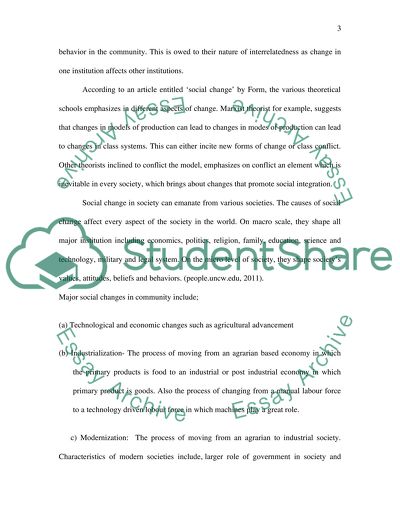Cite this document
(“Explore the issues of community cohesion, community exclusion and Essay”, n.d.)
Retrieved from https://studentshare.org/environmental-studies/1420213-explore-the-issues-of-community-cohesion-community
Retrieved from https://studentshare.org/environmental-studies/1420213-explore-the-issues-of-community-cohesion-community
(Explore the Issues of Community Cohesion, Community Exclusion and Essay)
https://studentshare.org/environmental-studies/1420213-explore-the-issues-of-community-cohesion-community.
https://studentshare.org/environmental-studies/1420213-explore-the-issues-of-community-cohesion-community.
“Explore the Issues of Community Cohesion, Community Exclusion and Essay”, n.d. https://studentshare.org/environmental-studies/1420213-explore-the-issues-of-community-cohesion-community.


